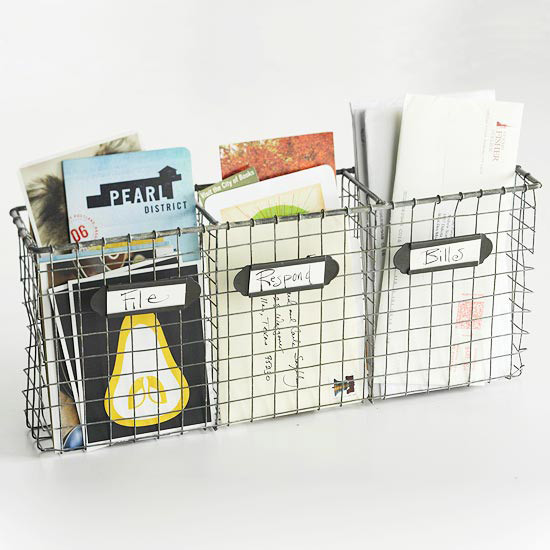Scary  Spaces
Spaces
Do you have a frighteningly disorganized space in your house, business or garage? A kid’s bedroom, the laundry room, the fridge? Have you ever opened the door of a room, cringed, then quietly closed the door and snuck away? Many people have a “junk” room in their house, which becomes a dumping ground for anything they don’t know what to do with. And let’s face it—there’s a lot of stuff that fits that description. Scary.
A frightening room
A recent organizing client of mine has just such a scary room. She wants to have her brother come visit her, but the spare room is a junk room, with piles about 3 feet high and a tiny “goat path” which allows one to walk about halfway into the room. She is embarrassed by the mess and called me in to make it orderly again. That’s what I do—I take spaces from scary and chaotic to calm and orderly.
I’ve seen a lot of scary spaces over the years and the first thing I tell my clients is: I’ve seen worse. Then I encourage them, tell them I know how to make the piles disappear. It’s not magic, but the method I use works. We work together on the piles, purging and sorting until the room is organized!
See this cool slideshow I put together of scary spaces that I transformed!
[metaslider id=1757]
So, there is Hope, and that’s why I created this acronym for you this month.
How to prevent scary spaces: (This works to fix scary spaces too.)
Have H.O.P.E.
H is for Home:
Everything needs a home. Assign a “home” to everything you use. Whether it be seasonal dishes, food, craft supplies, decorations, wrapping supplies, cards, mementos, etc. they all need a home. This means a place where that item “lives.” For a clean look, choose a spot that’s out of sight unless you use it every day.
O is for Orderly:
Take time to put things away in an orderly fashion. This can be done daily or even weekly, depending on the area. An organized house doesn’t just happen. After the initial burst of energetic organizing, maintenance is the key to an orderly space. Constant Vigilance!
P is for Procrastination:
Stop procrastinating any purging and organizing you need to do. If you have piles, tackle them ruthlessly! Remember to be ruthless, not reckless when you purge. Then quickly get those things out of the house and to a thrift store or the trash. I’ve noticed sometimes things that have been discarded end up back in the house. This is why I take all donation items with me when I leave each client’s home or office.
E is for Evaluate:
Be cautious and evaluate where something will fit in your home before you even buy it. Clothing, kitchen appliances, or other toys apply. Thinking about buying a large piece of equipment? Will it fit in your garage or could you rent it instead, or borrow your friend’s? Offer to help them with a project or bring them some homemade bread or get them a gift card as a thank you.
Last tip: Labeling is a good idea if you share the space with your family or ro ommates. Once you’ve created a home for everything, take a labeler or some sticky tape and a marker, then go label happy! It doesn’t have to be a beautiful, perfect labeling system like you see on Pinterest, as long as you can read it, that’s all you need.
ommates. Once you’ve created a home for everything, take a labeler or some sticky tape and a marker, then go label happy! It doesn’t have to be a beautiful, perfect labeling system like you see on Pinterest, as long as you can read it, that’s all you need.
If you’re daunted by a scary space in your home, remember to apply HOPE to your life. The chaos will become order. It’s not magic, but sometimes it seems miraculous when you enjoy the final result: an organized home with everything in its place. Now you can rest in peace.


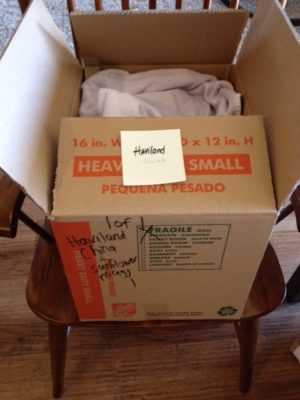
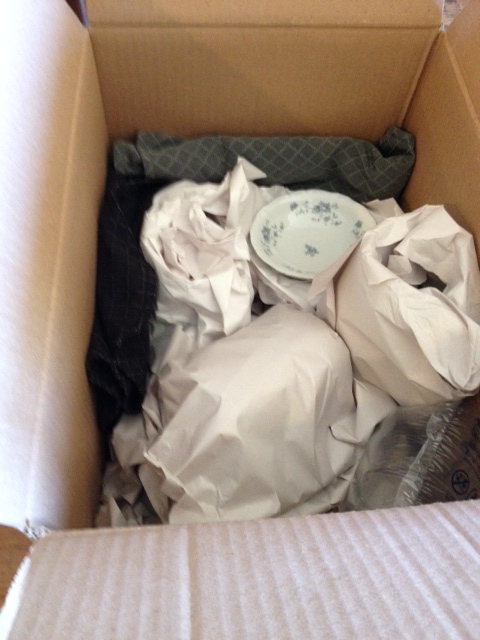
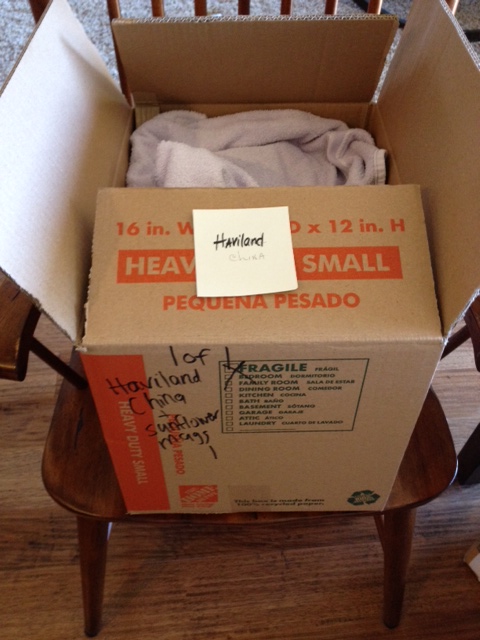

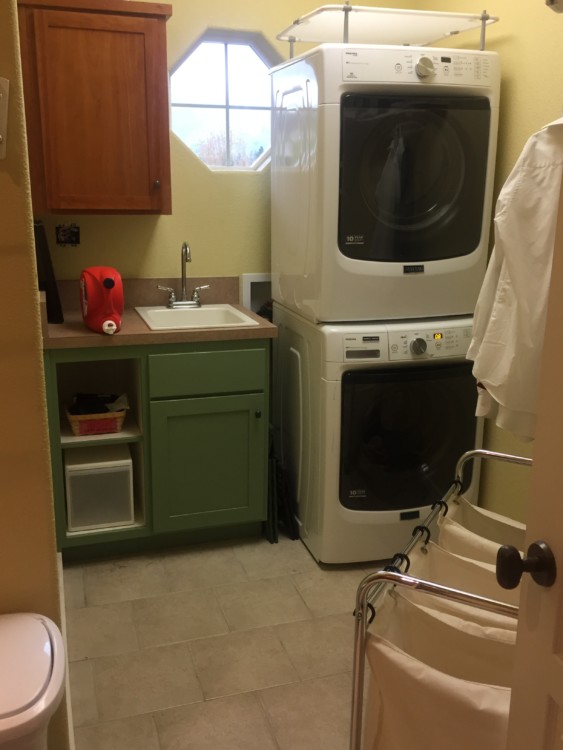 Last year, I remodeled my laundry room. Quite a process. I thought it would be this easy little project. Wrong! A lot goes into a laundry room, literally. I started out with my inspiration: a picture I clipped from a magazine.
Last year, I remodeled my laundry room. Quite a process. I thought it would be this easy little project. Wrong! A lot goes into a laundry room, literally. I started out with my inspiration: a picture I clipped from a magazine. Space saving idea #2: Utilize your wall space.
Space saving idea #2: Utilize your wall space.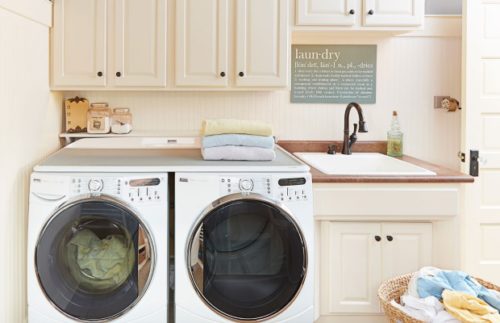 Don’t forget the ceiling!
Don’t forget the ceiling! Just notice and jot down what stuff is lying around on your washer, dryer, the floor, and any counters in there. What do you have too much of? Whatever you don’t have a place for ends up as clutter, so give it a home. And if your answer was too much laundry . . . I do too!
Just notice and jot down what stuff is lying around on your washer, dryer, the floor, and any counters in there. What do you have too much of? Whatever you don’t have a place for ends up as clutter, so give it a home. And if your answer was too much laundry . . . I do too!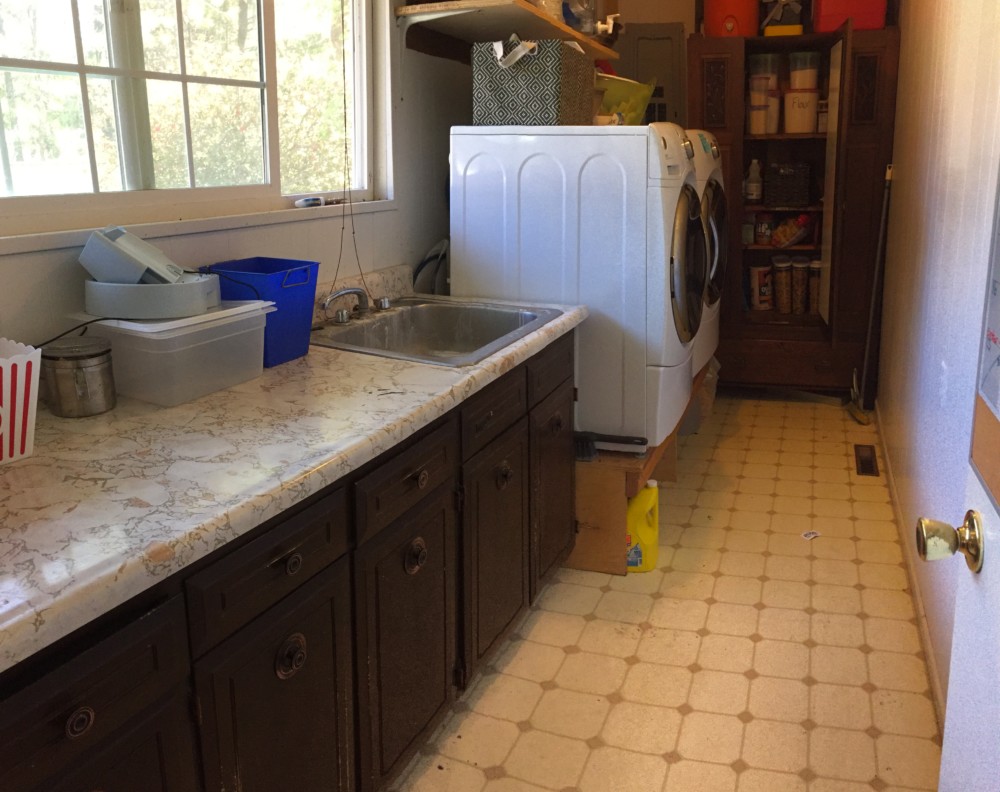 Collect some pictures for inspiration. I actually stumbled across my dream laundry room in a magazine while in a waiting room. A link to the article is in the Resources section. Also, search for solutions to your unique issues. Just use your search engine and see what pictures come up. You will be amazed!
Collect some pictures for inspiration. I actually stumbled across my dream laundry room in a magazine while in a waiting room. A link to the article is in the Resources section. Also, search for solutions to your unique issues. Just use your search engine and see what pictures come up. You will be amazed!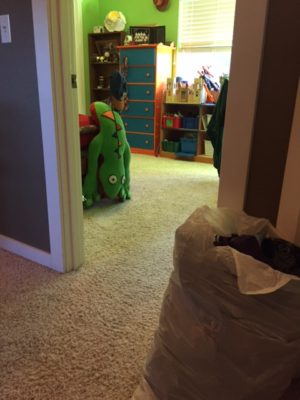



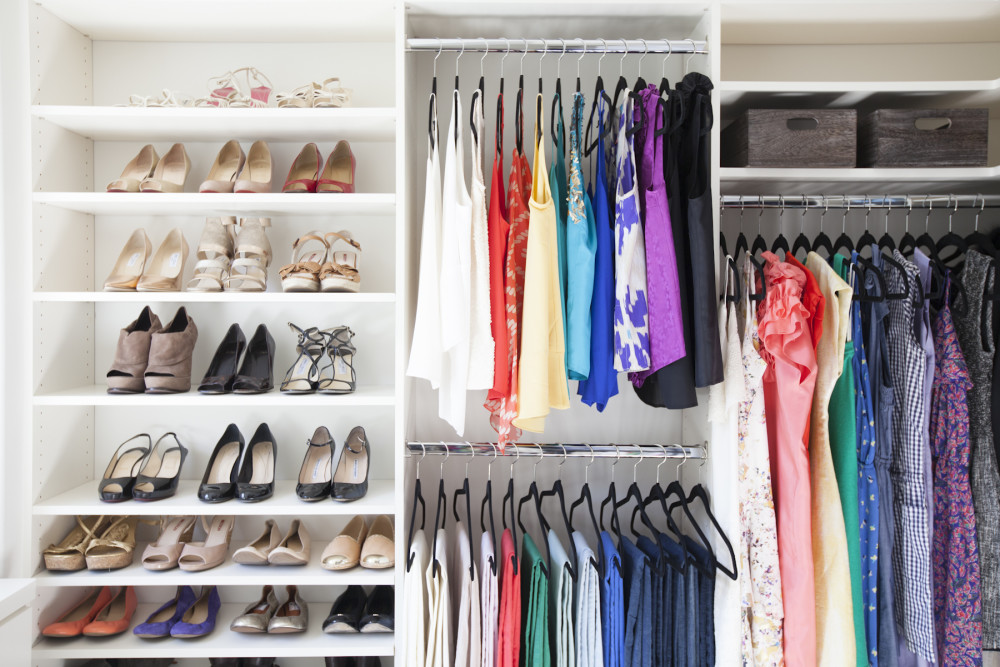 Does your closet scare you? How long does it take you to find what you are looking for? Are your clothes crammed in tight or is there space between your hangers?
Does your closet scare you? How long does it take you to find what you are looking for? Are your clothes crammed in tight or is there space between your hangers?
 Do you clear off your desk only to find paper clutter piling up within a few days?
Do you clear off your desk only to find paper clutter piling up within a few days?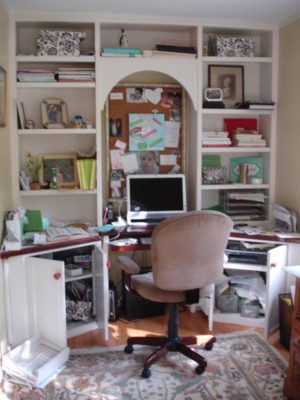
 lists… For more on this, read David Allen’s book Getting things Done.
lists… For more on this, read David Allen’s book Getting things Done.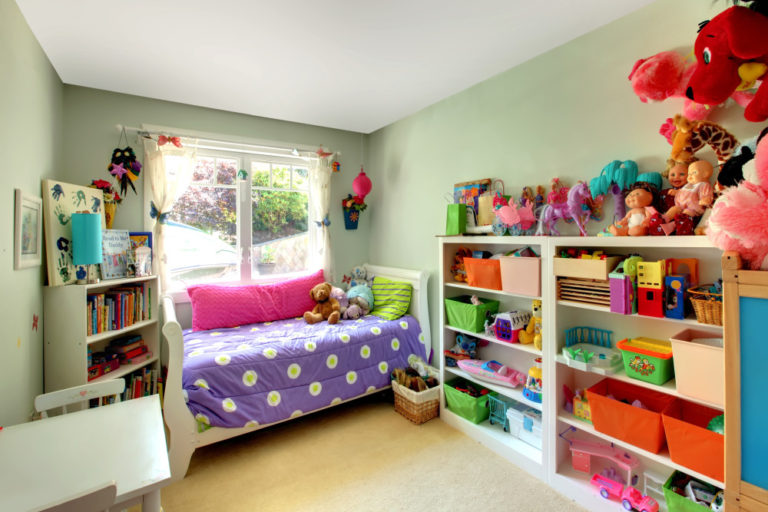
 So your kids are in school and you walk past the toyroom or their bedroom. Ugh! You think: ‘I can hardly see the floor in there! Every time I try to organize it, it lasts for a week or so, then it’s back to this mess! What can I do about the toys?’
So your kids are in school and you walk past the toyroom or their bedroom. Ugh! You think: ‘I can hardly see the floor in there! Every time I try to organize it, it lasts for a week or so, then it’s back to this mess! What can I do about the toys?’ old-fashioned soda-jerk counter and all). Another good way is to donate them for a good cause. Local schools have annual white elephant sales and they LOVE to receive children’s books. You are doing 2 good turns: helping the school raise funds and getting a book into the hands of a child who will love it.
old-fashioned soda-jerk counter and all). Another good way is to donate them for a good cause. Local schools have annual white elephant sales and they LOVE to receive children’s books. You are doing 2 good turns: helping the school raise funds and getting a book into the hands of a child who will love it. Long answer: See the picture I’ve included. Some categories for starters: Legos, wooden toys, cars and other wheeled toys, people, balls. One great tip for even small children to put away their own toys, take a picture of the kind of toys that belong in each bin as an easy label. Or, just draw a simple picture and tape them to each bin. It worked for my children!
Long answer: See the picture I’ve included. Some categories for starters: Legos, wooden toys, cars and other wheeled toys, people, balls. One great tip for even small children to put away their own toys, take a picture of the kind of toys that belong in each bin as an easy label. Or, just draw a simple picture and tape them to each bin. It worked for my children!

